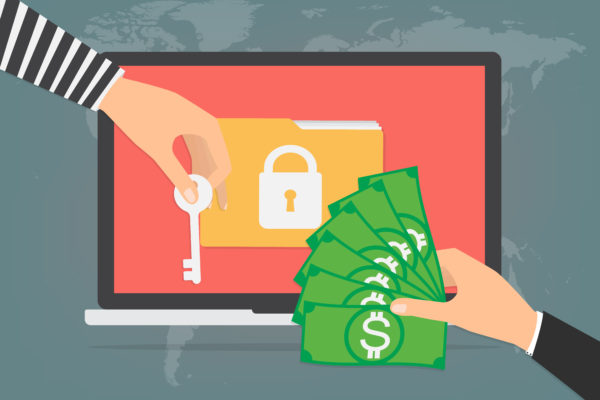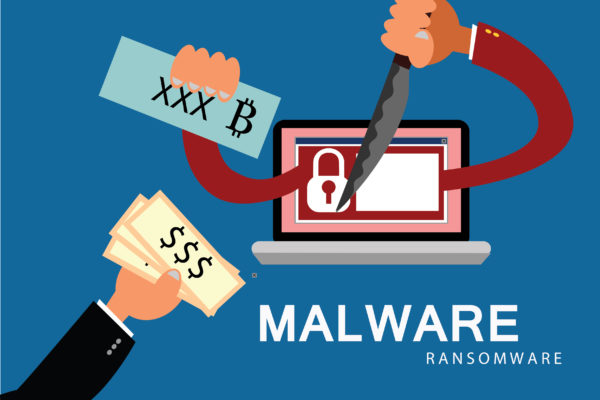Cryptovirological activity is an ongoing phenomenon in the cyberspace. Malware hunters and ransomware removal experts identify a new cryptovirological strain on a daily basis. 2018 is about to end in a couple of days, but ransomware operators are uncompromisingly dropping new scripts. A team of malware hunters have recently discovered new ransomware and named it PewDiePie — after a YouTube sensation. And there is a solid reason why it has been named as PewDiePie ransomware.
A Contest between PewDiePie and T-Series
PewDiePie is the biggest YouTuber in terms of numbers of subscribers. But in the last couple of months, it is getting tough competition from an Indian record label T-Series. Now, there is a whole battle that is taking place on the internet where users from both camps are indulged in the game of subscribing and unsubscribing.
Operators of this newly discovered ransomware have cleverly used this hot online trend to make their cryptovirological shenanigans more interesting. In the ransom note, they urge the affected users to subscribe to PewDiePie’s YouTube Channel and click on a link. The ransom note doesn’t mention any extortion figure that the operators are asking for ransomware removal. However, the operators have given a 48-hour deadline to the affected users to act.
A Variant of ShellLocker Ransomware
Ransomware removal experts have identified that PewDiePie ransomware is a variant of ShellLocker. This means it also uses AES 256 encryption to lock down the files on the affected computer. Moreover, every file is appended with an extension ‘hwuwhdw’.
Experts strongly advise against the extortion payment to get the key for ransomware removal. So, avoid clicking on the given link because it might further infect your device. Also, make regular data backups to mitigate the damage of any ransomware attack and always contact ransomware removal experts to deal with the situation.



